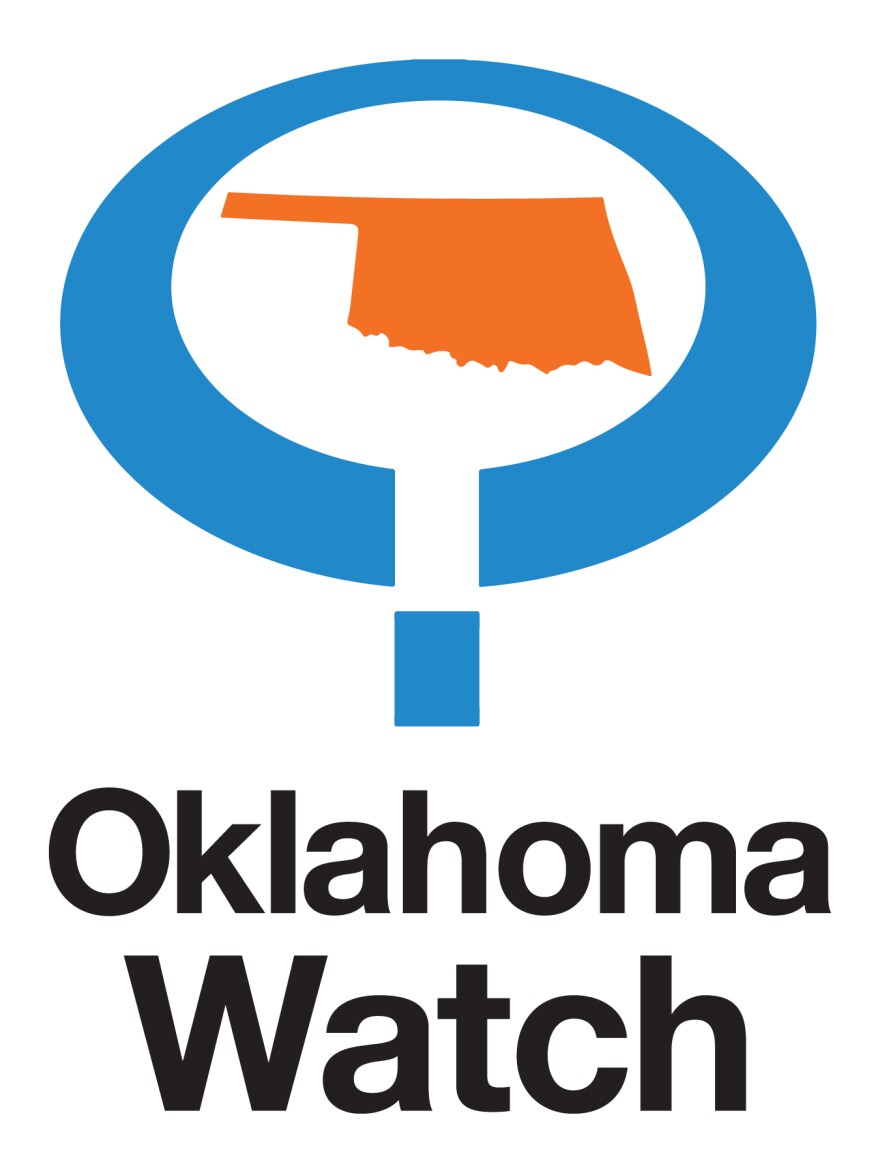Food intake doubled at Oklahoma’s food banks over the past year – the result of a short-term federal program designed to buy up products from farmers who faced disruption from other countries’ responding to the Trump administration’s tariffs.
The flows of fresh meat, dairy and produce to food banks are a welcome boost for some local pantries. But there’s a downside: Many other pantries can’t accept any of the surplus and have cut back on the choices they offer to the needy.
The Community Food Bank of Eastern Oklahoma and The Regional Food Bank of Oklahoma distribute food to more than 700 agencies statewide, including pantries and soup kitchens. Only about half of those are eligible to receive donations made by U.S. Department of Agriculture programs to the food banks. The USDA has stepped up its buying from farmers nationally as part of the Food Purchase and Distribution Program and two other trade mitigation programs intended to assist farmers affected by the trade disputes.
More than 7 million pounds of fresh milk, meat and produce from the USDA poured into the Tulsa-based Community Food Bank of Eastern Oklahoma in the year ending June 30, 2019. That’s up from 3.6 million pounds in the previous year.
View Guidelines for Receiving USDA Commodities
But the food isn’t available to people who rely on many local pantries and soup kitchens, such as the one run by the Apostolics Church in McAlester. That’s because it doesn’t meet the USDA criteria for receiving the food. In addition, the flood of fresh items at the food banks has crowded out other types of commodities, limiting the variety available to local pantries.
“Our donations from the food bank have diminished because there’s not a variety of options anymore,” said Charlotte Franklin, who coordinates donations for the church’s pantry and soup kitchen. “There are only so many crackers or relish we can hand out.”
The pantry serves about 150 people per month, down from nearly 300 people served last year. Franklin speculates that the lack of variety is driving some locals away. The soup kitchen, on the other hand, has seen only a slight drop in attendance, serving between 150 and 250 per week. She attributed that to another local soup kitchen’s beginning to serve on the same day of the week.
The church looked into becoming eligible for the USDA food, but the requirements were out of reach for the small, volunteer-run pantry. Among the state’s and USDA’s requirements are civil rights training and having sufficient refrigerator space and storage.

Carmen Bell, nutrition supervisor for the three Boys & Girls Clubs in Mayes County, said there are usually as many as eight pages of food items to choose from when ordering from the Eastern Oklahoma food bank’s online site. For the last several months, there have only been three to four pages of options, she said. The Boys & Girls Clubs are not eligible for USDA food.
Joe Nurre, chairman of the Community Resource Bank of All Souls Church in Tulsa, said he hadn’t noticed much in terms of reduced availability until last month. The church resorted to purchasing food from the food bank’s co-op program, which offers additional food. The Community Resource Bank is not eligible for USDA food because it lacks the required storage space.
The Regional Food Bank of Oklahoma, based in Oklahoma City, received nearly 10.8 million pounds of food from the USDA during the year ending June 30. That’s up from 5.2 million pounds in the previous year.
Spokeswoman Cathy Nestlen said the food bank “took our foot off the pedal,” slowing donations from its usual sources to accommodate an increase in federal donations.

Executive Director Eileen Bradshaw said the influx of food from the trade mitigation programs was a welcome boost for pantries and residents eligible to access the donations in the 24 counties they serve, though it did cause some hiccups early on.
“People want milk,” Bradshaw said. “It’s expensive and in high demand, but it’s the most time-sensitive to get out quickly … so making sure we could get it out in timely fashion was the most challenging thing.”
Both food banks praised the additional USDA donations, especially when food banks around the state were responding to victims of flooding and other weather events in the spring.
Bradshaw said the Tulsa food bank is scheduled to receive USDA shipments for the next couple of months, but it’s unclear whether they will continue.
Whitney can be reached at wbryen@oklahomawatch.org or on Twitter @SoonerReporter.








